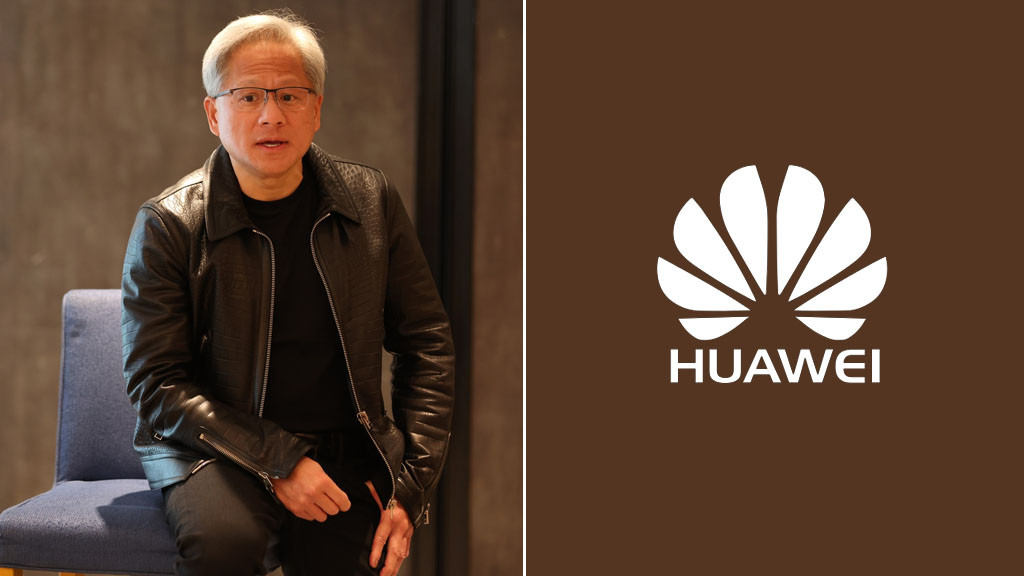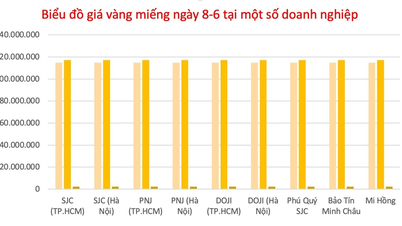Nvidia CEO Jensen Huang stressed that, despite US restrictions, Huawei remains a strong competitor.
In its annual report to the US Securities and Exchange Commission (SEC), Nvidia listed Huawei among its current competitors. This is the second consecutive year Huawei has appeared on Nvidia’s list. According to CNBC , the Chinese company did not appear in at least the previous three years.
Nvidia lists Huawei as a competitor in four of its five categories, including chips, cloud services, computing processing and networking products.
Nvidia CEO Jensen Huang told CNBC on February 26 that they face huge competition from China. “Huawei, like other companies, is quite strong and very competitive,” he commented.

Since 2019, the US has banned Huawei from accessing technology from American suppliers, from advanced 5G chips to Google’s Android operating system. Yet the company has shown remarkable resilience.
According to Chinese media, Huawei's revenue in 2024 will exceed 860 billion yuan ($118.27 billion), up 22% from 2023 - the fastest increase since 2016.
Huawei’s revenue barely grew in 2020 and fell nearly 29% in 2021. The consumer division was hit the hardest. While revenue there is expected to rise 17% to 251.5 billion yuan in 2023, it is just over half of its 2020 peak.
The Chinese telecom giant returned to the smartphone market in 2023 with the domestic launch of the Mate 60 Pro. The device surprised everyone by using a modern domestically produced chip. Just over a year later, the company continued to launch the Mate 70, using an operating system completely separate from Android – HarmonyOS Next.
In the semiconductor sector, according to the Financial Times, the success rate of Huawei's latest AI chip production has increased to nearly 40%, up from 20% a year ago. In addition, the Ascend chip production line has made a profit for the first time, marking a major achievement for the Chinese company.
Huawei is introducing the Ascend 910C chip and wants to increase its success rate to 60%, in line with industry standards. The Financial Times reported that the company plans to produce 100,000 910C chips and 300,000 910B chips this year, up from 200,000 910B chips in 2024.
Considering that the world's largest chip foundry TSMC was forced to stop producing Ascend and other advanced chips for Huawei since 2020 due to US sanctions, this is no small feat for the company.
According to reports from Wccftech and Tom's Hardware , the Ascend 910C is a completely self-developed chip by Huawei, based on the SMIC foundry's 7nm N+2 process, consisting of 53 billion transistors. The Ascend 910C has a performance of about 60% of the Nvidia H100. However, Nvidia still dominates the Chinese chip market.
Media reports say Chinese companies are increasing orders for Nvidia H20 chips due to increased demand for DeepSeek's AI models.
(According to CNBC, TrendForce)
Source: https://vietnamnet.vn/jensen-huang-huawei-kha-manh-me-va-vo-cung-canh-tranh-2375949.html
























































































![[OCOP REVIEW] Tu Duyen Syrup - The essence of herbs from the mountains and forests of Nhu Thanh](https://vphoto.vietnam.vn/thumb/402x226/vietnam/resource/IMAGE/2025/6/5/58ca32fce4ec44039e444fbfae7e75ec)







Comment (0)